 |
Technische Universität Berlin |
The internationally renowned Technische Universität Berlin (TUB) is located in Germany’s capital city at the heart of Europe. The Robotics and Biology Laboratory in the faculty of Electrical Engineering and Computer Sciences has performed pioneering research in mobile manipulation, including aspects of motion planning, interactive perception, grasping, and learning. The group has acquired substantial expertise relevant to grasping on many different levels, including the design of highly underactuated and compliant grasping hardware, perception of grasping affordances, planning in uncertain environments, as well as conducting psychophysical experiments on grasping in cooperation with Marianne Maertens, head of the Modeling of Cognitive Processes group at TU Berlin. The vertical integration of all aspects of grasping led to the concepts at the foundation of SOMA.
Jessica Abele |
Oliver Brock |
Clemens Eppner |
Marianne Maertens |
|
Vincent Wall |
| Università di Pisa |
The University of Pisa (UNIPI), founded in 1343, is among the oldest and most prestigious universities in Europe. The Enrico Piaggio Research Center, founded in 1962, organizes interdisciplinary research among engineering, medicine, and biological scientists towards applications in Bioengineering and Robotics. The Robotics Group of the Interdepartmental Enrico Piaggio Center focuses on robotics and embodied intelligence. The group is among the originators of the modern approach to physical human-robot interaction, where it promotes intrinsic safety via the co-design of mechanics and control, oriented towards performance maximization within rigid safety constraints. Particular attention has been focused on the study of hands and haptics, both in humans and in machines, since at least 20 years. Recent work has proposed a synergy-based approach to hand design and control for grasp and manipulation that is producing interesting results from both a theoretic and a design point of view. An important addition to the Pisa Touch Lab will be the collaboration of Prof. Marco Santello, one of the originators of the ideas of sensorimotor hand synergies.
Cosimo Della Santina |
Marco Gabiccini |
||||
Giorgio Grioli |
Hamal Marino |
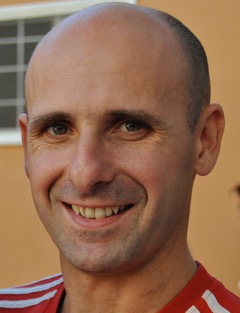 Gabriele Pannocchia |
Gaspare Santaera |
Marco Santello |
Federico Spinelli |
 |
Istituto Italiano di Tecnologia |
The Italian Institute of Technology (IIT) is a Research Foundation established in 2006 to promote scientific excellence in Humanoid technology. Research activities in the Dept. of Advanced Robotics concentrate on an innovative, multidisciplinary approach to robotic design and control, as well as the development of novel robotic components and technologies. There are four core areas: Humanoid Technologies; Biomimetic Technologies; Biomedical Technologies; Haptic/VR technologies.
|
|
|
|
|
|
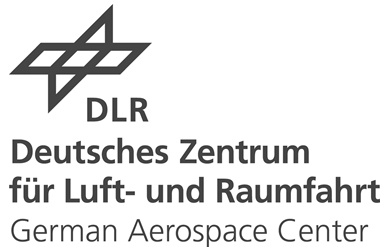 |
Deutsches Zentrum für Luft- und Raumfahrt e.V. (DLR) |
DLR is the German Aerospace Research Center as well as the German Space Agency. The main focus is on the design and realization of a new generation of multisensory light-weight robots for space applications which are operable by astronauts as well as from groundstations, based on powerful telerobotic concepts and man-machine-interfaces. This goal is characterized by a high degree of multidisciplinarity and consists of DLR’s major task areas mechatronics, learning, vision, telerobotics, space robotics and medical applications with a deep focus on technology transfer. Examples of the pioneering work are light-weight robotic arms and multi-fingered hands. These robots use torque sensors in the joints to sense and control an active compliance for interaction with the environment and have been successfully transferred to industrial partners.
Markus Grebenstein |
Werner Friedl |
Hannes Höppner |
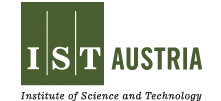 |
Institute of Science and Technology Austria |
The Institute of Science and Technology Austria (IST Austria) is a PhD granting institution located in the city of Klosterneuburg, 18 km from the center of Vienna. The Institute is dedicated to cutting-edge research in the natural, mathematical and computer sciences. Established jointly by the federal government of Austria and the provincial government of Lower Austria, the Institute was inaugurated in 2009 and will grow to about 100 research groups with 1000 scientists by 2026.
 |
Ocado |
Ocado Group PLC (Ocado) is the world’s largest online only supermarket; its only shop front is its web shop. All orders are completed in distribution warehouses, known as Customer Fulfilment Centres. To guarantee being able to deliver to a customer in a specified hour time-slot the operation is highly automated and optimized. In order to further improve the service it provides to its customers Ocado is currently conducting research into a number of different robotic technologies.
|
Graham Deacon |
Pavlos Triantafyllou |
Hussein Mnyusiwalla |
Duncan Russell |
Panagiotis |
 |
Disney Research Zurich |
Disney Research Zurich (DRZ) is a research laboratory with the core mission of inventing new technologies for entertainment and works in close collaboration with ETH Zurich. DRZ reflects the strong focus on technology and complements other groups within the company that focus on the application of existing technologies to Disney’s businesses. As one of our core missions in robotics, ultimately, we envision a future in which robots interact with humans in complex, unpredictable environments. DRZ is working toward this vision by addressing constituent problems in computer graphics, control techniques for humanoid robotics, and human-robot interaction.
|
|

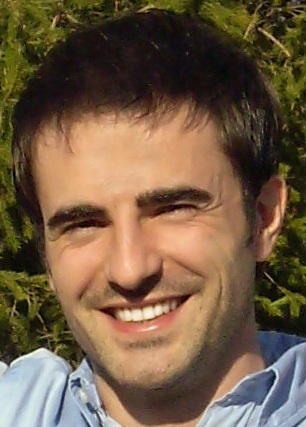
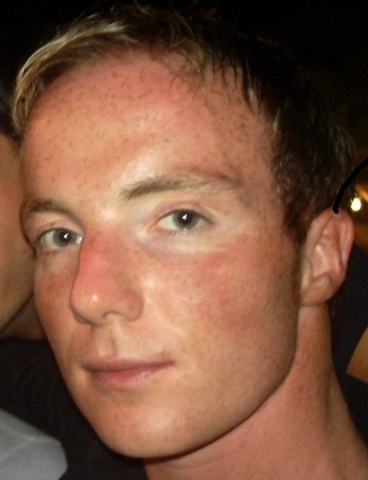
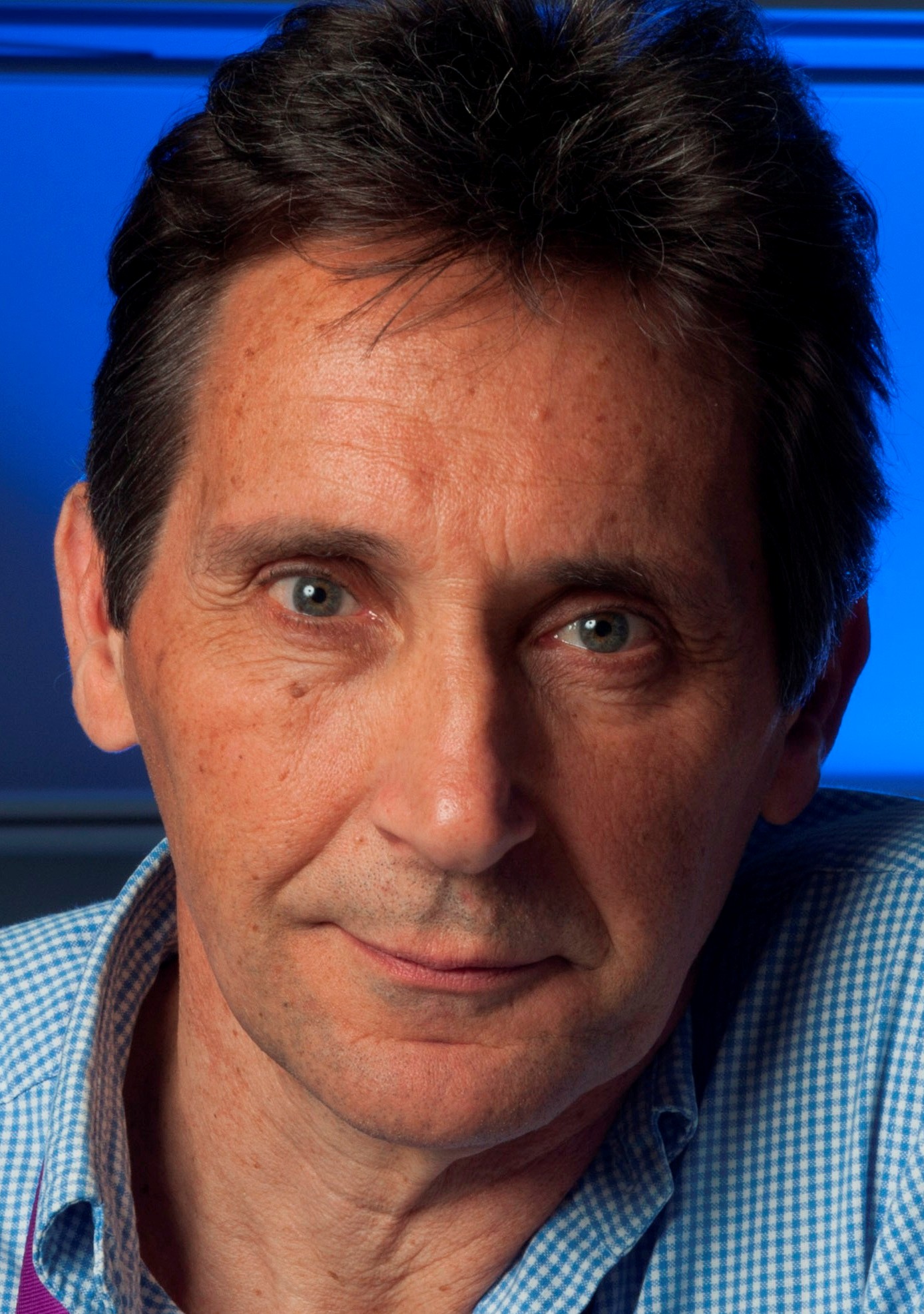

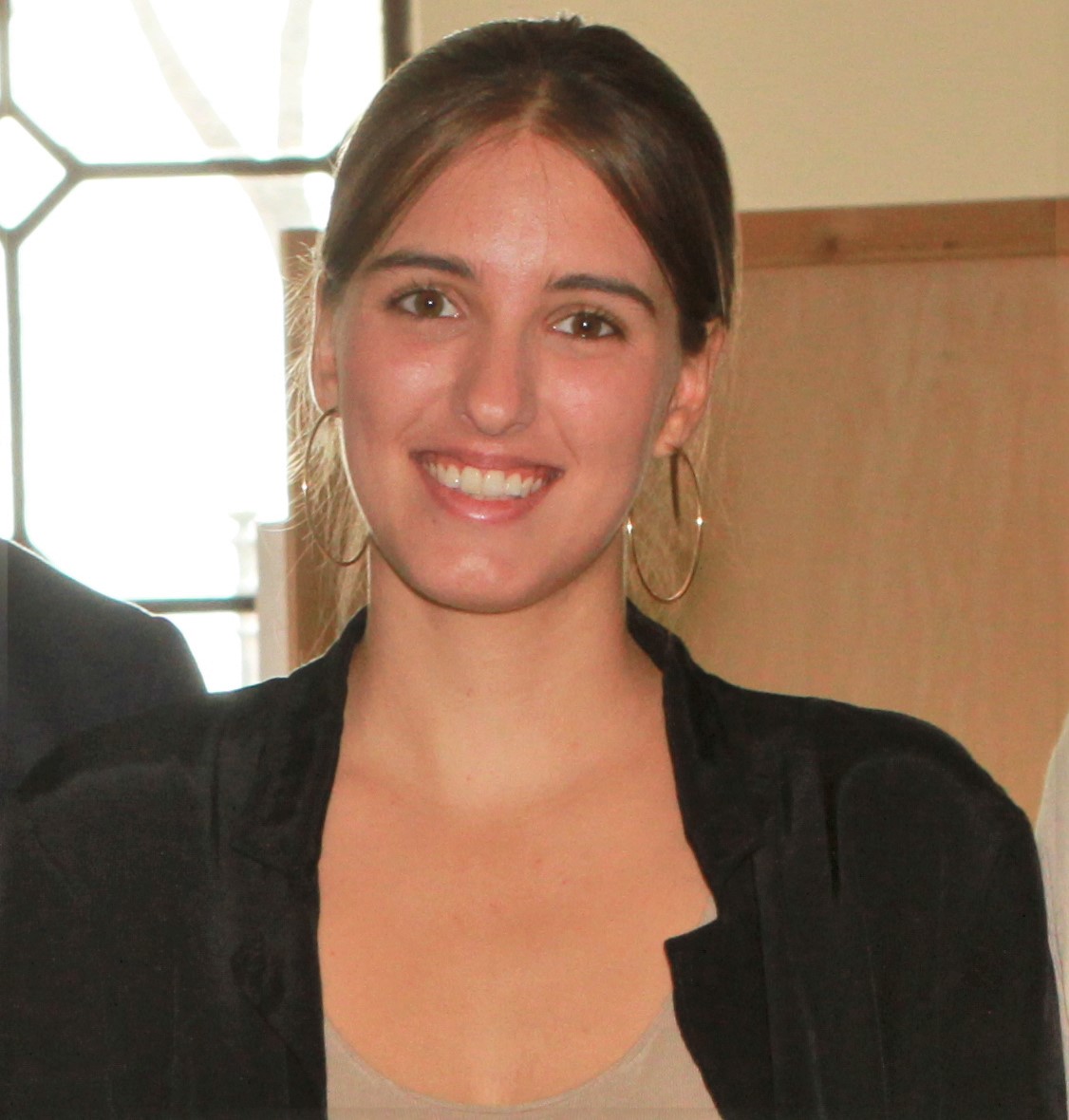
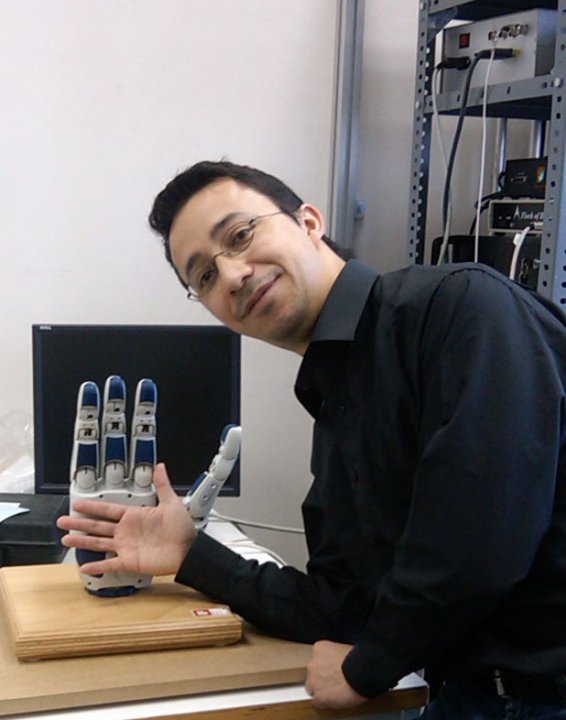
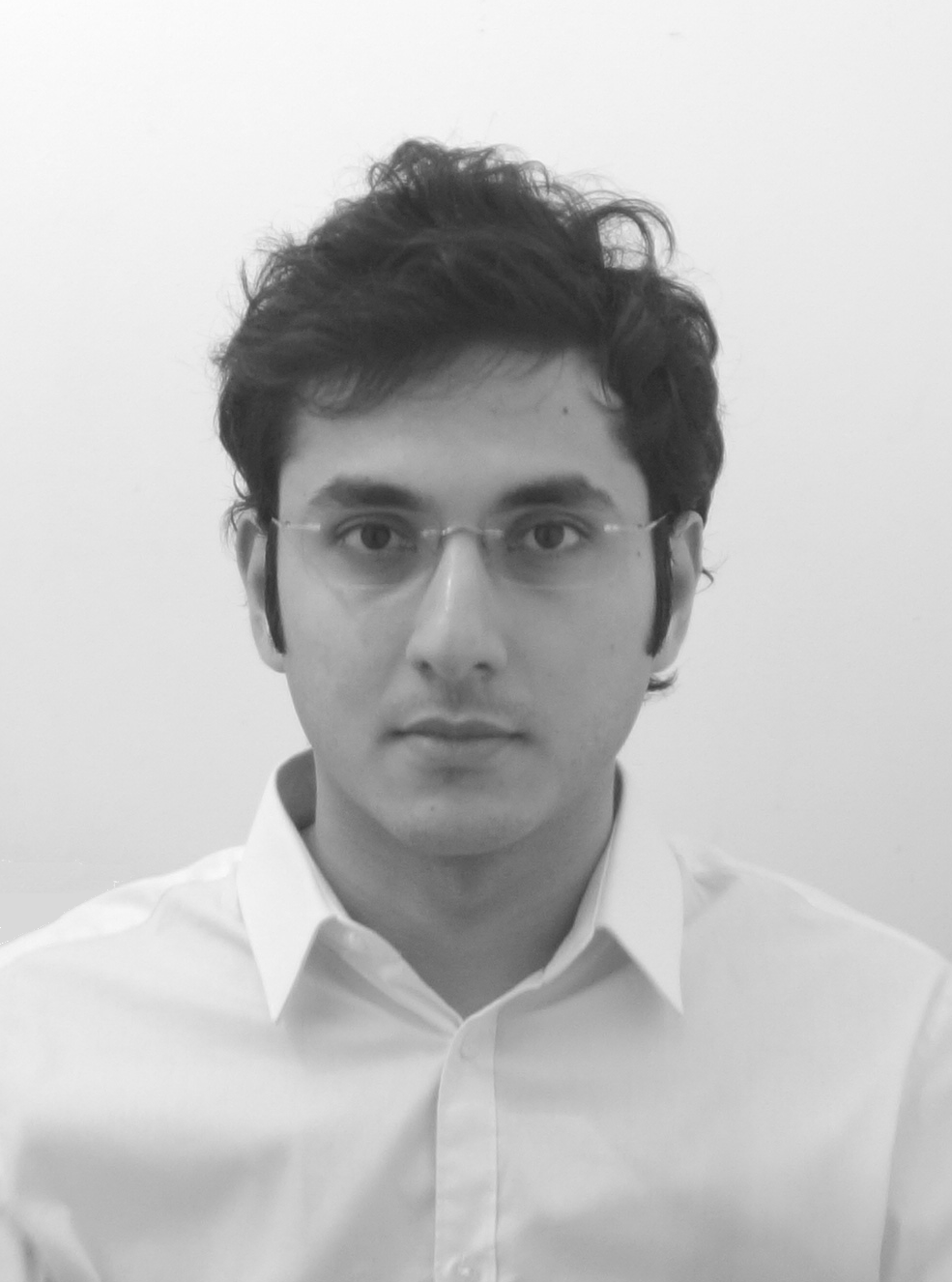
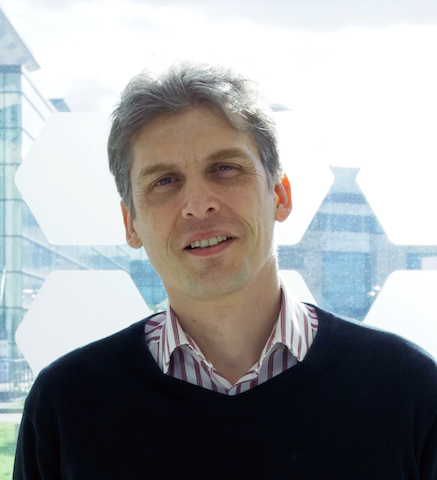
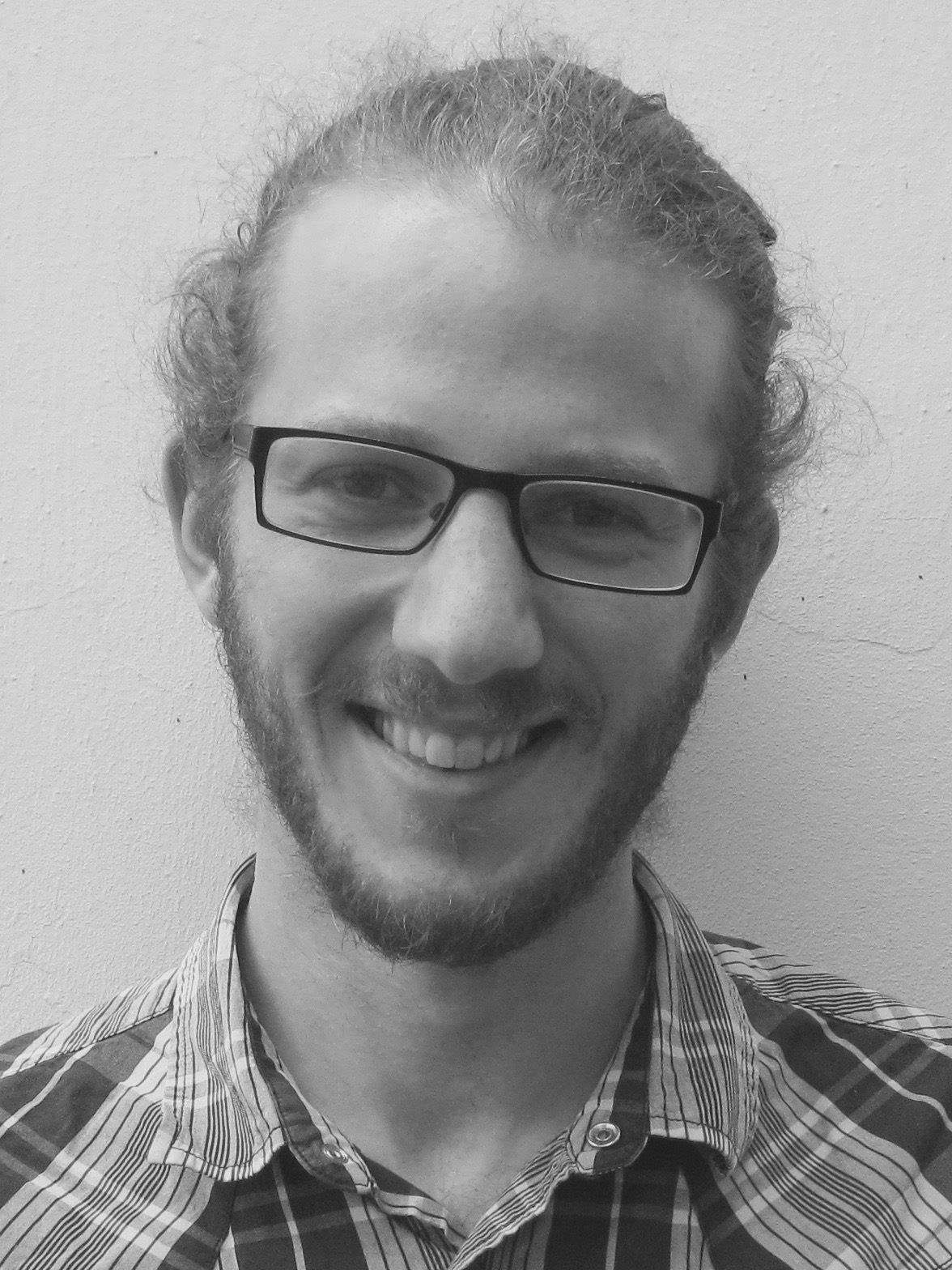 Espen
Espen